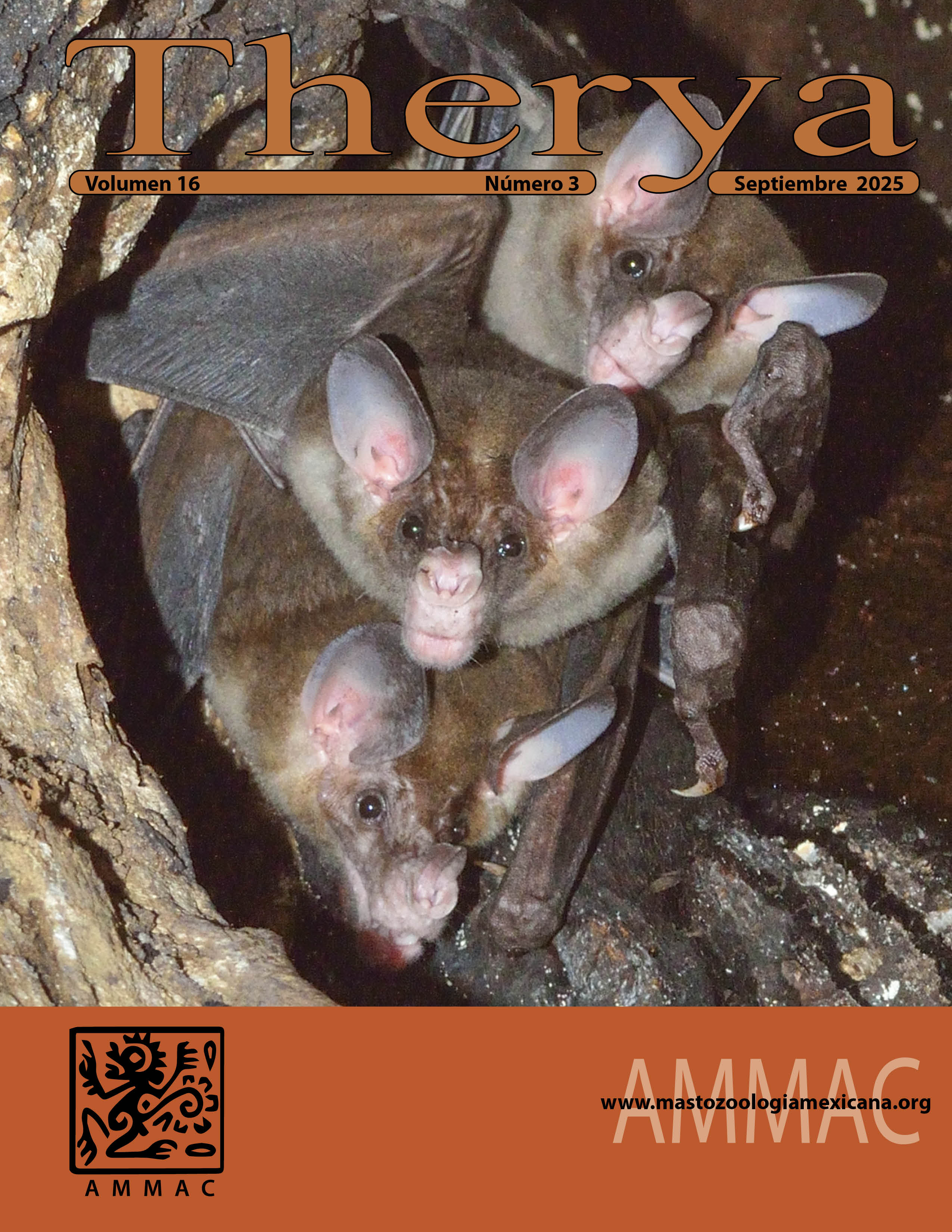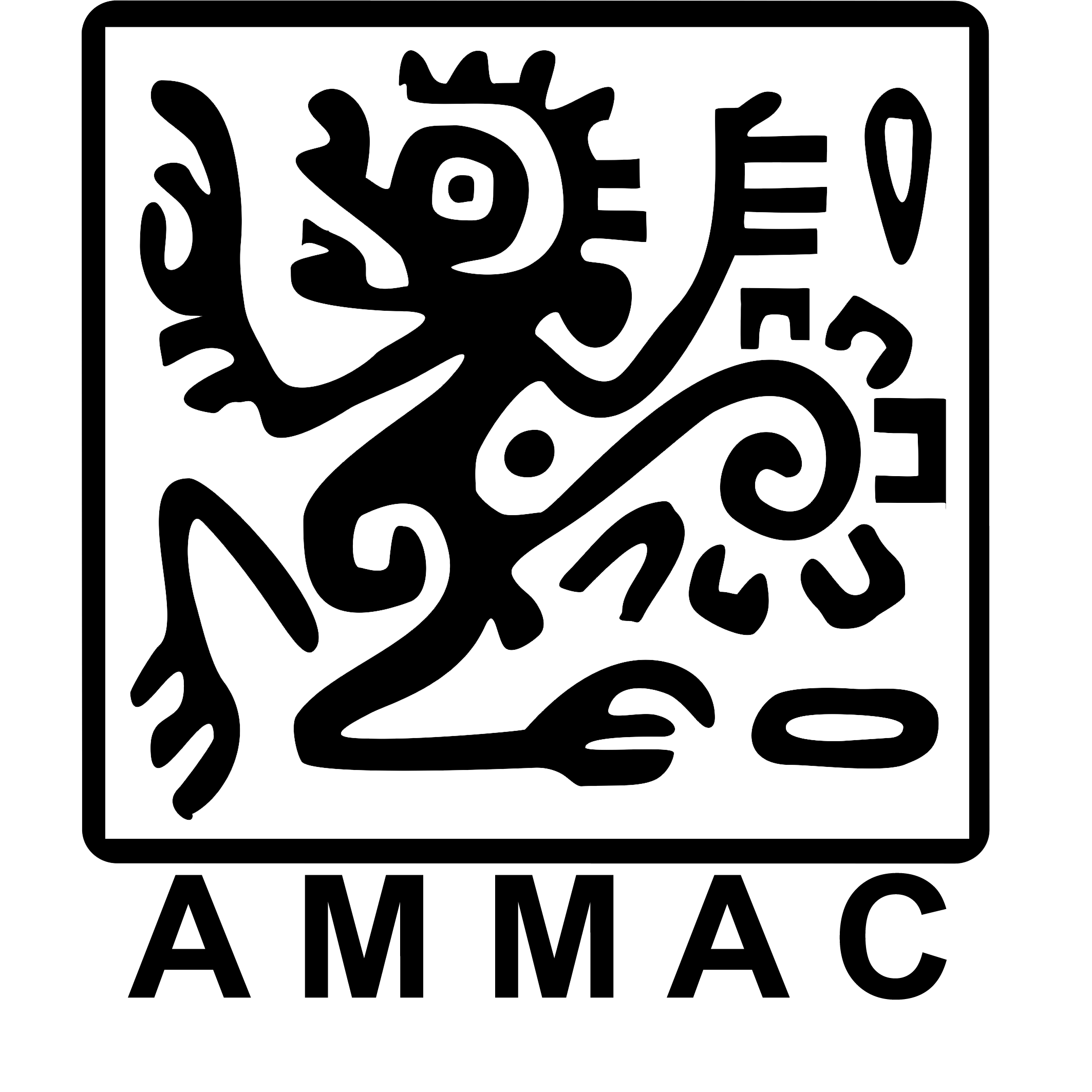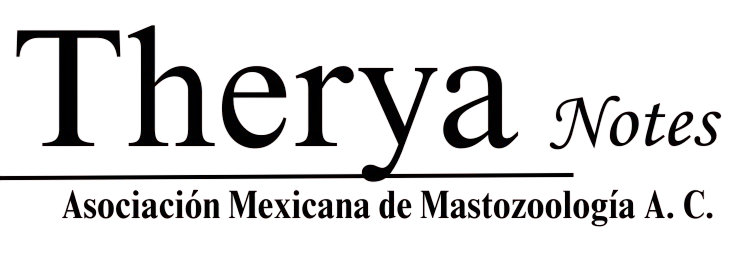Distribution, ecology and natural history of the Spectral bat (Vampyrum spectrum) in Colombia
DOI:
https://doi.org/10.12933/therya.2025.6197Keywords:
Bats, diet, forest/no forest, habitat, top predator.Abstract
Species distribution and ecology are heavily influenced by ecosystem structure and dynamics, where shifts in land use and habitat loss jeopardize the survival of populations. This is especially important for top predators, such as Spectral bat (Vampyrum spectrum), which is thought to depend on conserved areas with large resource availability. It is the largest bat in the Americas. Here, we report the second record of the Spectral bat for Valle del Cauca, Colombia, and the first record for the region’s Tropical Dry Forest. We also report key morphological and ecological information associated to a couple individuals from Colombia’s Pacific region. Further, we analyzed the association of the Spectral bat’s presence in Colombia with biome, ecosystem, and vegetation cover type. Historical distribution analysis shows a decrease in stable forest areas ranging from 1990 to 2017. Most V. spectrum records are from the Andean region, with significant associations of biomes and vegetation cover. Surprisingly, the areas where the species has been recorded in the last years correspond to a mix of forests, urban areas and agricultural lands. The diet of the carnivore Spectral bat includes 12 vertebrate species, predominantly rodents and birds, while sugar assimilation seems to be low and slow, as expected for its protein rich meal consumption with low sugar content. This study contributes to the understanding of V. spectrum’s ecological needs and highlights critical areas for future research and conservation efforts to ensure the species’ survival in Colombia.
Downloads
Published
How to Cite
Issue
Section
License
THERYA is based on its open access policy allowing free download of the complete contents of the magazine in digital format. It also authorizes the author to place the article in the format published by the magazine on your personal website, or in an open access repository, distribute copies of the article published in electronic or printed format that the author deems appropriate, and reuse part or whole article in own articles or future books, giving the corresponding credits.










